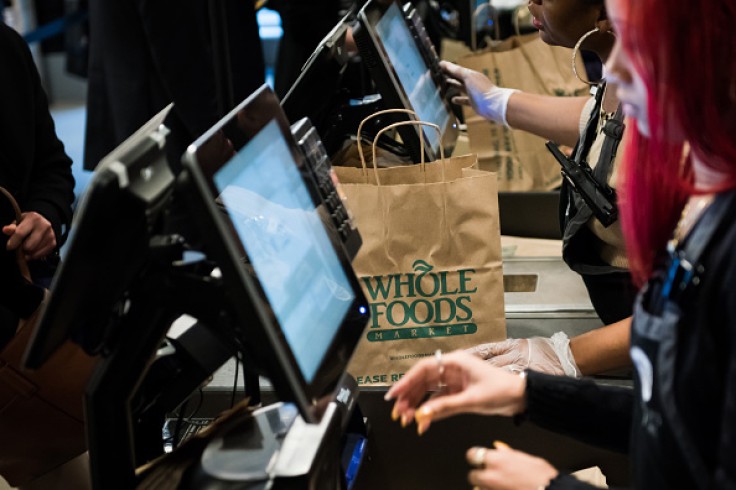Biometrics have been regarded as one of the safest security measures because it is impossible to fake, and it's not an item that can be stolen. Amazon-owned Whole Foods has added the pay-by-palms service to select stores and aims to expand to other branches.

Payment Through Biometrics
Stores already have had cashless payment methods for years, and buyers are also opting for the option since it's a much more convenient way to pay for their purchases. However, it's still not as foolproof as biometric scanning.
Credit and debit cards can still be risky since they can be stolen, and threat actors are sometimes able to steal credit card information and use them for fraudulent activities. It's not so easy to do with a person's biometrics, although it's not entirely impossible.
As for using them to pay for items, more than 200 Whole Foods Market stores already have the Pay-by-palm method in the US, according to CNBC. Before 2023 ends, the grocery store intends to add the feature to over 500 more stores nationwide.
Customers can pay with their palms through the Amazon One program, which means that they have to sign up for the biometric-based payment form. It uses both face and palm print to authorize transfers.
Signing up requires customers to provide certain information like credit or debit card details, a phone number, and a valid ID. They can then scan biometrics such as the palm, face, and fingerprints to pay in eligible locations.
Regarding the safety of the mentioned payment method, it's still not 100% safe, as mentioned before. Due to the advancement of AI, it has become more possible to replicate a person's voice, likeness, handprint, fingerprints, and more.
When stolen, credit and debit cards can easily be canceled and replaced so that they can no longer be used. Physical features like prints, however, do not share the same choice, which means that having them stolen will spell trouble.
There's also the chance that the database of a private company could be breached, and threat actors could get a hold of the biometric data. Amazon, getting ahead of the issue, uses liveness-detection to determine whether the palm being scanned is a live one.
Why Biometrics Are Still Better
Despite the risks of it being copied using artificial intelligence, there are still more reasons why biometric scanning is better than traditional passwords and the use of credit or debit cards, and being hard to steal is the top reason.
Another is that you won't have to remember a password since technically, you already are the password. Even if you do get phished online, it will be of no use since fraudsters can't exactly steal your face or palm print.
Systems can opt for multi-modal authentication to make the method more secure, where the user or customer will use a combination of biometrics like face, iris, finger, and palm scanning, as mentioned in Biometric Update.
It is also quicker and user-friendly, especially for people who are not as tech-savvy. While the scan may sometimes take more than one try, it still saves more time compared to typing in passwords.









